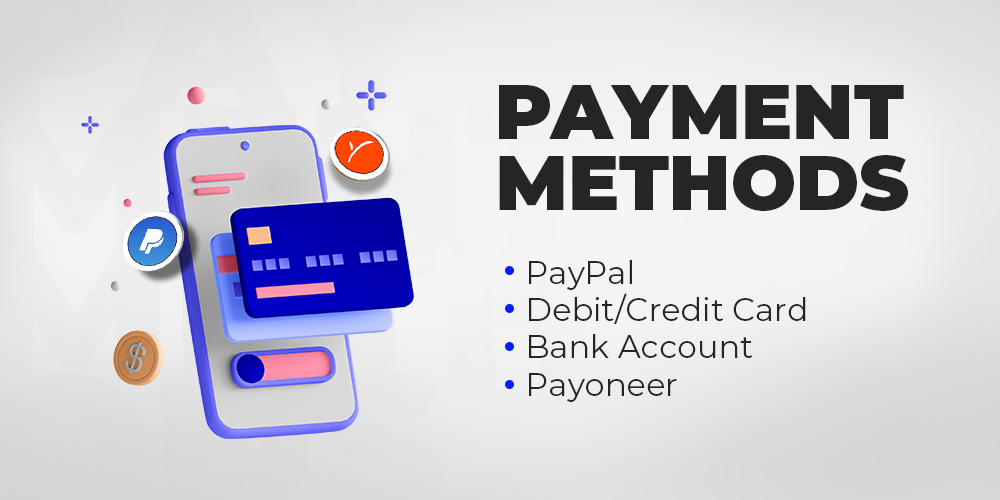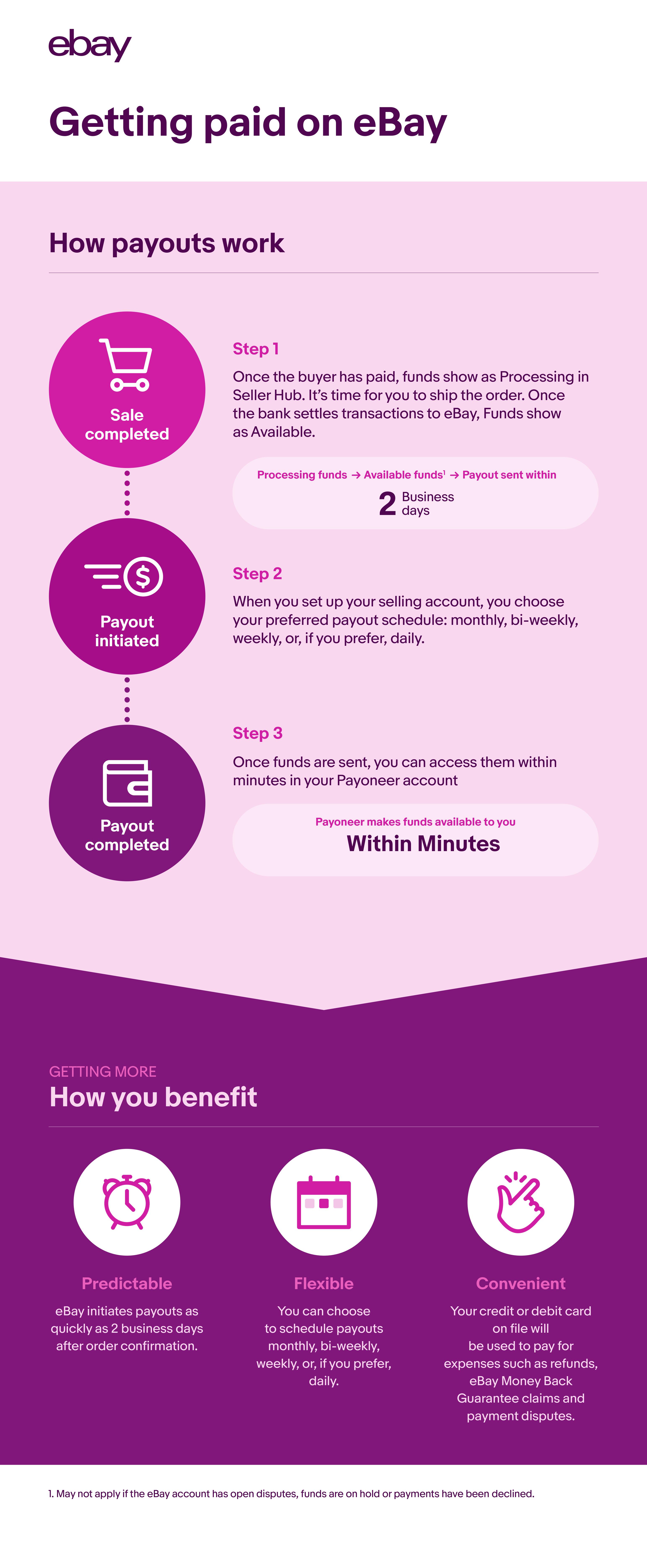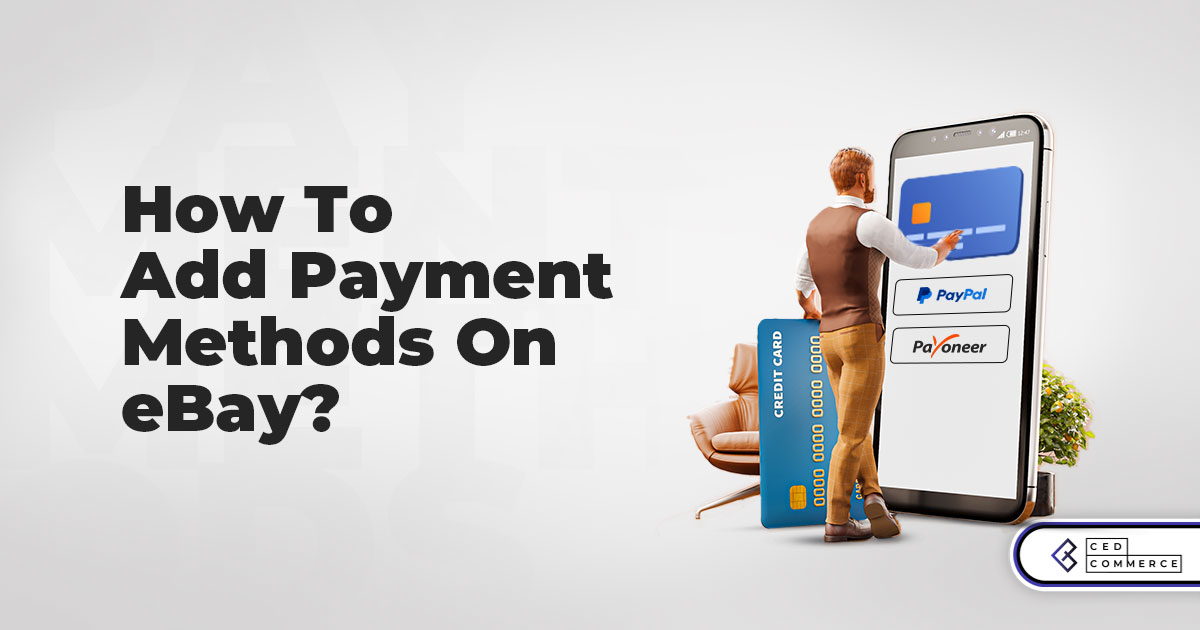Understanding eBay’s Payment Terms: What You Need to Know
eBay’s payment terms are designed to ensure a smooth and secure transaction process for both buyers and sellers. To get paid on eBay, sellers need to understand the types of payments accepted, payment processing times, and any fees associated with selling on the platform. eBay accepts various payment methods, including PayPal, credit cards, and bank transfers. However, it’s essential to note that eBay charges a final value fee on most transactions, which ranges from 8% to 12.5% of the sale price.
When does eBay seller get paid? The payment processing time on eBay typically takes 2-3 business days, but it can vary depending on the payment method and the seller’s performance. For instance, sellers who have a high feedback rating and a long selling history may be eligible for faster payment processing. On the other hand, new sellers or those with low feedback ratings may experience delayed payments.
eBay’s payment terms also include a hold on payments for new sellers or those who have a high risk of disputes. This hold can last up to 21 days, during which time the seller will not receive payment. However, this hold can be lifted once the seller has established a good selling history and has demonstrated a low risk of disputes.
In addition to understanding eBay’s payment terms, sellers should also be aware of the platform’s fees and charges. eBay charges a listing fee, which ranges from $0.30 to $4 per listing, depending on the category and the seller’s subscription level. Sellers should also be aware of the PayPal fees, which range from 2.9% to 4.4% of the transaction amount, depending on the type of transaction and the seller’s location.
By understanding eBay’s payment terms, including the types of payments accepted, payment processing times, and fees associated with selling on the platform, sellers can better manage their finances and ensure a smooth transaction process. This knowledge can also help sellers to avoid common payment issues, such as delayed payments or holds on payments.
How to Set Up Your eBay Seller Account for Smooth Payments
Setting up an eBay seller account is a straightforward process that requires some basic information and verification. To get started, go to the eBay website and click on the “Sell” button at the top of the page. From there, you’ll be prompted to create an account or sign in if you already have one.
Once you’ve created your account, you’ll need to verify your email address and add a payment method. eBay accepts various payment methods, including PayPal, credit cards, and bank transfers. To add a payment method, go to the “Payment” section of your account and click on the “Add payment method” button.
After adding a payment method, you’ll need to set up your seller profile. This includes adding a profile picture, cover photo, and bio. Your seller profile is an essential part of your eBay presence, as it helps build trust with potential buyers. Make sure to include accurate and detailed information about yourself and your business.
In addition to setting up your seller profile, you’ll also need to configure your payment settings. This includes setting up your payment preferences, such as the payment method you prefer to use and the currency you want to receive payments in. You can also set up payment reminders and notifications to help you stay on top of your payments.
When setting up your eBay seller account, it’s essential to ensure that your account is verified and in good standing. This will help you avoid any payment holds or delays and ensure that you receive your payments on time. eBay offers various verification methods, including phone verification and identity verification.
By following these steps, you can set up your eBay seller account for smooth payments and start selling on the platform with confidence. Remember to keep your account information up to date and ensure that your payment settings are configured correctly to avoid any issues with your payments.
The eBay Payment Process: From Sale to Payout
The eBay payment process is designed to ensure a smooth and secure transaction experience for both buyers and sellers. When a buyer purchases an item on eBay, the payment process begins immediately. The buyer’s payment is processed through eBay’s secure payment system, and the seller is notified of the sale.
After the sale is confirmed, the seller is responsible for shipping the item to the buyer. Once the item is shipped, the seller can mark the item as “shipped” in their eBay account. This helps to ensure that the buyer receives the item and that the seller is paid promptly.
When does eBay seller get paid? The payment processing time on eBay typically takes 2-3 business days, but it can vary depending on the payment method and the seller’s performance. For instance, sellers who have a high feedback rating and a long selling history may be eligible for faster payment processing.
eBay offers various payment options, including PayPal, credit cards, and bank transfers. The payment method used can affect the payment processing time, so it’s essential to choose a payment method that works best for your business.
Once the payment is processed, the seller can track the payment status in their eBay account. eBay provides a payment tracking system that allows sellers to monitor the status of their payments, from pending to paid.
In addition to tracking payment status, sellers can also use eBay’s payment management tools to manage their payments effectively. These tools include payment reminders, payment notifications, and payment reporting.
By understanding the eBay payment process, sellers can better manage their finances and ensure a smooth transaction experience for their buyers. This knowledge can also help sellers to avoid common payment issues, such as delayed payments or payment holds.
Factors That Affect eBay Payment Timing: What Sellers Need to Know
When does eBay seller get paid? The payment timing on eBay can vary depending on several factors, including the payment method, seller performance, and eBay’s money back guarantee. Understanding these factors can help sellers manage their finances effectively and avoid any payment delays or holds.
Payment method is one of the primary factors that affect eBay payment timing. Sellers who use PayPal, for example, may receive their payments faster than those who use other payment methods. This is because PayPal is a widely accepted payment method on eBay, and it offers a fast and secure way to process payments.
Seller performance is another factor that can affect eBay payment timing. Sellers who have a high feedback rating and a long selling history may be eligible for faster payment processing. This is because eBay’s system recognizes these sellers as trustworthy and reliable, and it rewards them with faster payment processing times.
eBay’s money back guarantee is also a factor that can affect payment timing. If a buyer files a claim under the money back guarantee, the seller’s payment may be held until the issue is resolved. This is to ensure that the buyer receives a refund or a replacement item, and that the seller is held accountable for any issues with the transaction.
Other factors that can affect eBay payment timing include the seller’s account status, the type of item being sold, and the buyer’s payment method. Sellers who have a verified account and a good selling history may receive their payments faster than those who do not. Additionally, sellers who sell high-value items or use a payment method that requires additional verification may experience delays in payment processing.
By understanding the factors that affect eBay payment timing, sellers can better manage their finances and avoid any payment delays or holds. This knowledge can also help sellers to optimize their payment settings and improve their overall selling experience on eBay.
How to Avoid eBay Payment Holds and Delays
Payment holds and delays can be frustrating for eBay sellers, especially when they are waiting to receive payment for their sold items. However, there are several steps that sellers can take to avoid payment holds and delays, and ensure that they receive their payments on time.
One of the most effective ways to avoid payment holds and delays is to provide accurate and detailed item descriptions. This includes including clear photos of the item, as well as a detailed description of its condition and any flaws it may have. By providing accurate item descriptions, sellers can reduce the risk of disputes and payment holds.
Responding to buyer inquiries promptly is also essential for avoiding payment holds and delays. Sellers should make sure to respond to all buyer inquiries within 24 hours, and provide clear and concise answers to any questions they may have. This can help to build trust with buyers and reduce the risk of disputes.
Resolving disputes promptly is also crucial for avoiding payment holds and delays. Sellers should make sure to resolve any disputes with buyers as quickly as possible, and provide clear and concise communication throughout the process. This can help to reduce the risk of payment holds and delays, and ensure that sellers receive their payments on time.
In addition to these steps, sellers can also take several other precautions to avoid payment holds and delays. This includes verifying their account information, ensuring that their payment settings are up to date, and monitoring their account activity regularly. By taking these precautions, sellers can reduce the risk of payment holds and delays, and ensure that they receive their payments on time.
When does eBay seller get paid? By following these tips and taking the necessary precautions, sellers can ensure that they receive their payments on time, and avoid any payment holds or delays. This can help to build trust with buyers, and ensure a smooth and successful transaction.
eBay’s Payment Protection Policies: What Sellers Need to Know
eBay’s payment protection policies are designed to protect both buyers and sellers in the event of a dispute or issue with a transaction. The eBay Money Back Guarantee and the Seller Protection policy are two of the most important payment protection policies that sellers need to know about.
The eBay Money Back Guarantee is a policy that protects buyers in the event that they do not receive their item or if the item is not as described. If a buyer files a claim under this policy, the seller may be required to provide a refund or replacement item. Sellers can avoid claims under this policy by providing accurate and detailed item descriptions, and by responding promptly to buyer inquiries.
The Seller Protection policy is a policy that protects sellers in the event of a dispute or issue with a transaction. This policy provides protection against unauthorized transactions, and it also provides protection against buyers who claim that they did not receive their item or that the item was not as described. Sellers can take advantage of this policy by following eBay’s guidelines for selling and by providing clear and concise communication with buyers.
When does eBay seller get paid? Sellers who are protected under eBay’s payment protection policies can receive their payments more quickly and with greater confidence. By understanding these policies, sellers can better manage their finances and avoid any potential issues with their transactions.
In addition to these policies, eBay also offers other forms of payment protection, such as the PayPal Protection policy. This policy provides protection against unauthorized transactions and it also provides protection against buyers who claim that they did not receive their item or that the item was not as described.
By understanding eBay’s payment protection policies, sellers can better manage their finances and avoid any potential issues with their transactions. This knowledge can also help sellers to build trust with their buyers and to establish a positive reputation on the platform.
Managing Your eBay Payments: Tips for Sellers
Managing your eBay payments effectively is crucial to ensuring a smooth and successful selling experience on the platform. By following these tips, you can optimize your payment settings, track your payments, and manage disputes efficiently.
Tracking your payments is an essential part of managing your eBay payments. You can track your payments by logging into your eBay account and navigating to the “Payments” section. From there, you can view your payment history, track your payment status, and receive notifications when payments are made.
Managing disputes is also an important part of managing your eBay payments. If a buyer files a dispute, you will receive a notification from eBay. You can then respond to the dispute and work with the buyer to resolve the issue. It’s essential to respond promptly to disputes and provide clear and concise communication to resolve the issue quickly.
Optimizing your payment settings is also crucial to managing your eBay payments effectively. You can optimize your payment settings by setting up your payment preferences, such as your payment method and currency. You can also set up payment reminders and notifications to ensure that you receive your payments on time.
When does eBay seller get paid? By managing your eBay payments effectively, you can ensure that you receive your payments on time and avoid any potential issues with your transactions. By following these tips, you can optimize your payment settings, track your payments, and manage disputes efficiently.
In addition to these tips, you can also use eBay’s payment management tools to manage your payments effectively. These tools include payment tracking, dispute resolution, and payment optimization. By using these tools, you can streamline your payment process and ensure that you receive your payments on time.
By managing your eBay payments effectively, you can build trust with your buyers and establish a positive reputation on the platform. This can lead to increased sales and revenue, as well as a more successful selling experience on eBay.
Common eBay Payment Issues and How to Resolve Them
Despite the best efforts of eBay and its sellers, payment issues can still arise. In this section, we will address some common eBay payment issues and provide guidance on how to resolve them quickly and efficiently.
Payment holds are one of the most common payment issues on eBay. A payment hold occurs when eBay holds a payment due to a dispute or issue with the transaction. To resolve a payment hold, sellers should respond promptly to the dispute and provide clear and concise communication to resolve the issue.
Payment delays are another common issue on eBay. A payment delay occurs when a payment is not processed in a timely manner. To resolve a payment delay, sellers should check their payment settings and ensure that their payment method is up to date. They should also contact eBay customer support for assistance.
Disputes are also a common payment issue on eBay. A dispute occurs when a buyer files a claim against a seller. To resolve a dispute, sellers should respond promptly to the dispute and provide clear and concise communication to resolve the issue. They should also provide evidence to support their case, such as photos or receipts.
When does eBay seller get paid? By understanding how to resolve common payment issues, sellers can ensure that they receive their payments on time and avoid any potential issues with their transactions. By following these tips, sellers can resolve payment holds, delays, and disputes quickly and efficiently.
In addition to these tips, sellers can also use eBay’s payment management tools to resolve payment issues. These tools include payment tracking, dispute resolution, and payment optimization. By using these tools, sellers can streamline their payment process and ensure that they receive their payments on time.
By resolving payment issues quickly and efficiently, sellers can build trust with their buyers and establish a positive reputation on eBay. This can lead to increased sales and revenue, as well as a more successful selling experience on the platform.






